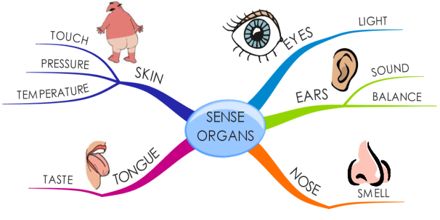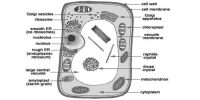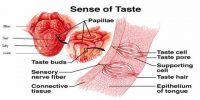We see with our eyes, hear with our ears, and smell with our nose, taste food with our tongue and feel heat or pressure with our skin. We can carry out all these activities due to our sensory organs. There are five senses: sight, hearing, taste, smell and touch. There are organs connected with these sense that take in information that is sent to the brain so that the body can act on it. The sense organs — eyes, ears, tongue, skin, and nose — help to protect the body. The human sense organs contain receptors that relay information through sensory neurons to the appropriate places within the nervous system.

Our eyes, ears, nose, tongue and skin send all the information from the outside world to our brain. With the help of these sensory organs, our brain is informed of everything happening in the world around us. Suppose, you are crossing the road and suddenly’ a car comes in front of you. Yow eyes will instantly let your brain know about it. Your brain will then send the message to your muscles to stop walking and not to cross the road; as a result, you will stand still instantly. All these functions are being carried out by the command of our brain.














